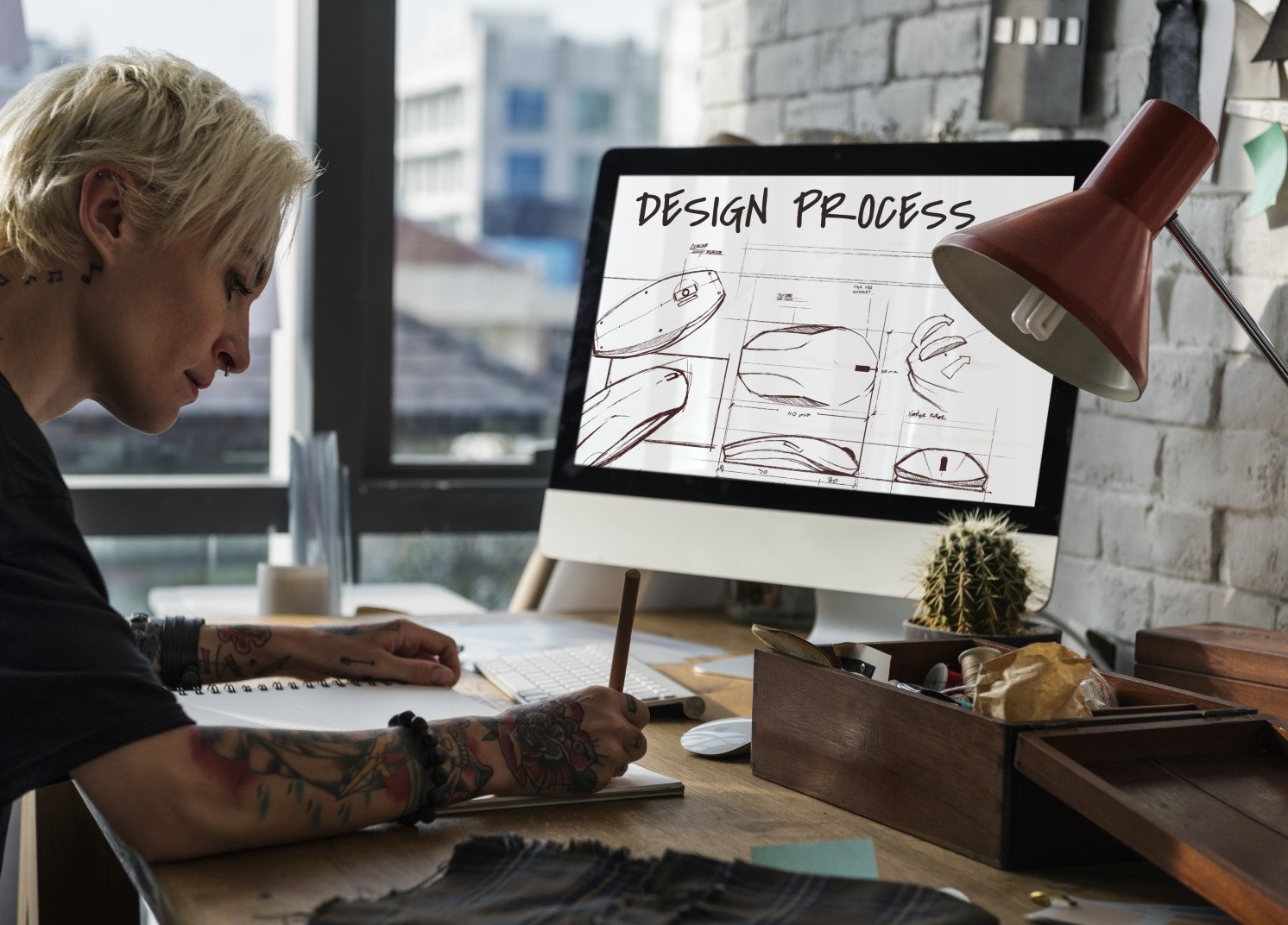The Art of Digital Design: From Concept to Execution

The Art of Digital Design: From Concept to Execution
The Art of Digital Design: From Concept to Execution
Digital design is a dynamic and multifaceted field that combines creativity, technology, and strategy. From the initial spark of an idea to the final polished product, the journey of digital design is one of transformation and innovation. In this blog, we explore the essential stages of digital design, offering insights into how ideas are shaped and brought to life through a thoughtful and methodical process.
1. Conceptualization: The Birth of an Idea
Every digital design project begins with a concept—a vision of what the final product should look like and achieve. This stage involves brainstorming, research, and the gathering of inspiration. Designers work closely with clients or stakeholders to understand their needs, goals, and target audience. The key is to translate abstract ideas into a concrete concept that can be developed further.
2. Planning: Laying the Foundation
Once the concept is established, the planning phase begins. This stage is crucial for mapping out the structure, functionality, and aesthetics of the design. It involves creating wireframes, mood boards, and style guides. The planning phase ensures that the design aligns with the overall strategy and meets the project’s objectives. It's also the time to consider user experience (UX) and user interface (UI) design principles.
3. Design and Prototyping: Bringing Ideas to Life
The design and prototyping phase is where creativity meets execution. Designers start by creating visual representations of the concept, often in the form of mockups or prototypes. This stage is iterative, with multiple rounds of feedback and revisions. The goal is to refine the design until it meets the desired standards of aesthetics, functionality, and usability. Prototyping allows for the testing of design elements in a real-world context before final implementation.
4. Execution: Turning Designs into Reality
Execution is the stage where the final design is developed and implemented. This involves coding, content creation, and the integration of various digital elements. Developers work to ensure that the design functions as intended across different platforms and devices. Quality assurance and testing are critical during this phase to identify and fix any issues before the design goes live.
5. Launch and Beyond: Continuous Improvement
The launch of a digital design project is not the end but rather the beginning of its lifecycle. Once the design is live, it’s essential to monitor its performance, gather user feedback, and make necessary adjustments. Continuous improvement is key to keeping the design relevant and effective over time. Regular updates, maintenance, and optimization ensure that the design evolves with changing trends and user needs.
Conclusion
The art of digital design is a complex and evolving process that requires a blend of creativity, technical skill, and strategic thinking. From the initial concept to the final execution, each stage plays a vital role in shaping the end product. By following a structured and iterative approach, designers can turn ideas into compelling digital experiences that resonate with users and achieve the desired outcomes. Whether you're a designer, a business owner, or someone interested in digital design, understanding this process can help you appreciate the intricacies involved in creating impactful digital designs.

 EN
EN
 AR
AR



